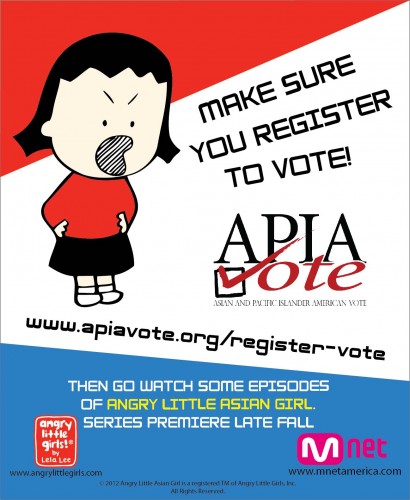For years I have felt like the boy who cried “wolf” – you know, the fable where a bored boy cries wolf to get attention but there is no wolf – so when a wolf appears, no one believes him. For several election cycles, I’ve been running around saying “you need to pay attention to Asian American voters,” and been treated by candidates and their parties as with a big yawn.
In part it is because our community has been dismissed as one whose relatively small numbers are further diminished by the significant number of immigrants not yet citizens. What has been missed is how fast our population has grown – particularly in some of the swing states that have not been traditional gateways. For example, Asian Americans are now almost 10% of Nevada’s population. According to the census, 22 states now have Asian American populations of 225,000 or greater.
Also it is because so little has been done, until recently, to collect data on Asian Americans as voters. For years the media that funds and reports on most of the polling have largely ignored our community. In the 2010 election, the Los Angeles Times finally did polling in some Asian languages – and that was in part because the Asian Pacific American Legal Center of Southern California agreed to help pay for it.
The LA Times poll showed some startling results that should give candidates some incentive to do more to engage Asian American voters. Governor Brown and Senator Boxer both won their races because of the majority support they won from Asian and Latino voters. If the votes of only whites had counted, their Republican challengers would have won both races. In 2010, Senator Reid also hung onto to his Senate seat in Nevada, and arguably his position as Senate Majority leader, because of Asian and Latino voters there and in states like Washington and Colorado.
The Asian American Justice Center, the Asian American Institute and APIA Vote teamed up this spring to sponsor a poll conducted by Celinda Lake that is the first ever national poll of its kind. It was conducted in Chinese, Vietnamese and Korean, in addition to English and contains national data as well as state data for California, Nevada, Illinois, Florida and Virginia – states important to the upcoming presidential and congressional elections. While the Asian American community has leaned Democrat in the last few presidential elections, they have a large number of independent voters and cannot be taken for granted.
Surprisingly, few media have taken up the story despite the conventional wisdom that it will be a very close election. Even more surprisingly, neither the Republicans nor the Democrats have put much funding into registering or educating Asian American voters which is borne out in the responses to the AAJC poll. In fact, while Democrats are doing marginally better, activists on both sides of the aisle are quietly grumbling that outreach efforts are worse than 2008.
So what are you seeing? Is there organizing going on in your community to get out the vote of Asian Americans and other minorities? Do you think the youth will turn out or are they turned off from politics?



